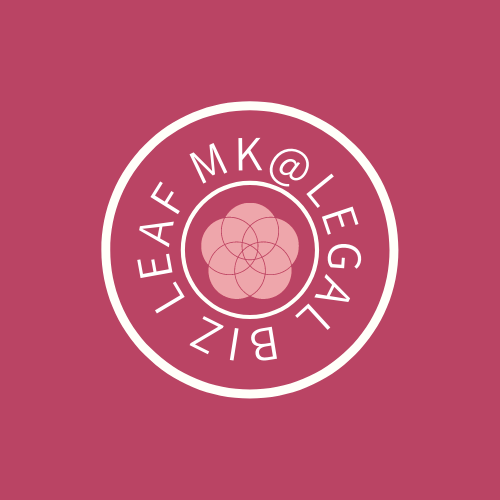Capital Financing Using Class Shares ①
Class shares are used especially among venture companies for financing.
The way in which class shares are used and how they are stipulated in the Articles of Incorporation differ from company to company.
This article will introduce certain patterns and rules to issue such class shares.
Total Number of Authorized Shares and Total Number of Authorized Class Shares
The total number of authorized shares is the maximum number of shares that can be issued by a Kabushiki-Kaisha (a stock company).
This value is set in the Articles of Incorporation and is also stated on the certificate of corporate registration.
For example, if a Kabushiki Kaisha has 1,000,000 shares of authorized shares and currently has 900,000 shares outstanding, the company may only issue 100,000 new shares. In other words, if the company wants to issue 100,001 new shares, it has to increase this maximum amount by amending its Articles of Incorporation through a special resolution at a general shareholders’ meeting.
In a Kabushiki-Kaisha without class shares, only the number of authorized shares is stated in the Articles of Incorporation and certificate of corporate registry. However, when class shares are issued, the number of authorized class shares must also be stipulated in the Articles of Incorporation.
Total number of authorized class shares when establishing the new class shares.
For example, assume a company with 1,000,000 authorized shares and 900,000 shares currently issued and issues 100,000 new shares of Class A preferred shares.
First, 900,000 shares are currently outstanding, but when the Class A preferred shares is established, those 900,000 shares will be referred to by a different name than the Class A preferred shares. Although the name of the class shares can be set freely, the shares issued at the time of incorporation are usually referred to as “common shares”.
It is correct to understand that the existing 900,000 shares were not suddenly converted to class shares, but that these 900,000 shares were class shares called “common shares” from the beginning. In other words, there was no need to distinguish between them by calling them “common shares” because there were no other class shares.
This time, 100,000 new class shares called “Class A preferred shares” will be added, so the company will have two types of class shares: “common shares” and “Class A preferred shares”. In this case, the total number of authorized class shares of common shares and the total number of authorized class shares of Class A preferred shares must be newly set in the Articles of Incorporation before the company can issue such class shares.
An example of the result of issuing Class A preferred shares:
Total number of authorized shares: 1,000,000 shares
Total number of issued shares: 1,000,000 shares
Number of shares of each class:
Common shares: 900,000 shares
Class A preferred shares 100,000 shares
Total number of authorized class shares:
Common shares 1,000,000 shares
Class A preferred shares: 500,000 shares
As shown above, the total number of authorized shares (1,000,000 shares) and the total number of authorized class shares (1,000,000 shares + 500,000 shares) do not necessarily have to be equal.
If the number of shares exceeds the maximum number of authorized shares
Suppose that 100,000 additional shares of Class A preferred shares are issued in addition to the result above.
In this case, there is still rooms for 400,000 additional shares (500,000 shares – 100,000 shares) in the total number of authorized Class A preferred shares.
On the other hand, since the total number of authorized shares is 1,000,000, if 100,000 shares of Class A preferred shares are newly issued, the total number of issued shares (overall) will be 1,100,000 shares, which would not fit within the limit. In this case, therefore, it is necessary to pass a resolution to amend the Articles of Incorporation to increase the total maximum number of authorized shares.
Example of the result of increasing the total number of authorized shares by 1,000,000 shares
Total number of authorized shares: 2,000,000 shares
Total number of shares issued: 1,100,000 shares
Number of shares of each class:
Common shares: 900,000 shares
Class A preferred shares: 200,000 shares
Total number of authorized class shares:
Common shares: 1,000,000 shares
Class A preferred shares 500,000 shares
Resolution to amend the total number of authorized shares
If the total number of authorized (class) shares and the total number of issued shares are set close to each other as shown above, frequent resolutions to amend the authorized (class) shares will be required when it comes time to issue new shares.
On the other hand, if these number are set too far apart, that means there is a lot of room for the issuance of new shares (≒ rights of existing shareholders may be diminished), which may cause you shun away by new investors.
Therefore, it is important to have a rough idea of how much capital you plan to raise and how many shares you plan to issue in the future, and to set a reasonable number to enable smooth issuance of class shares.
MK @ 10/30/2022
 MK @ Legal Biz Leaf
MK @ Legal Biz Leaf 
